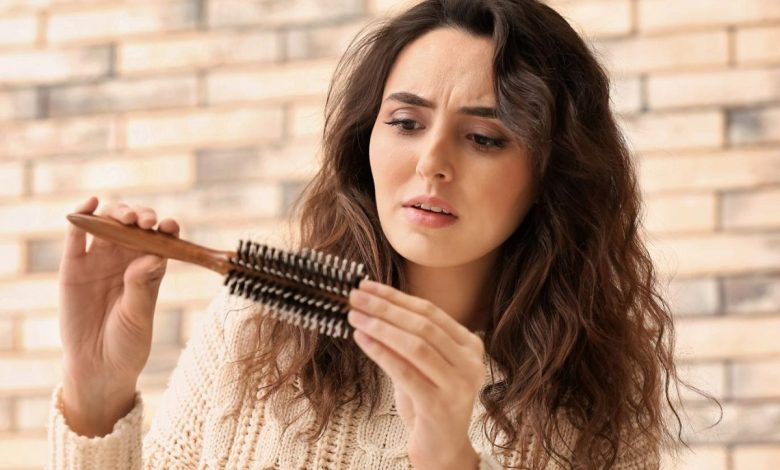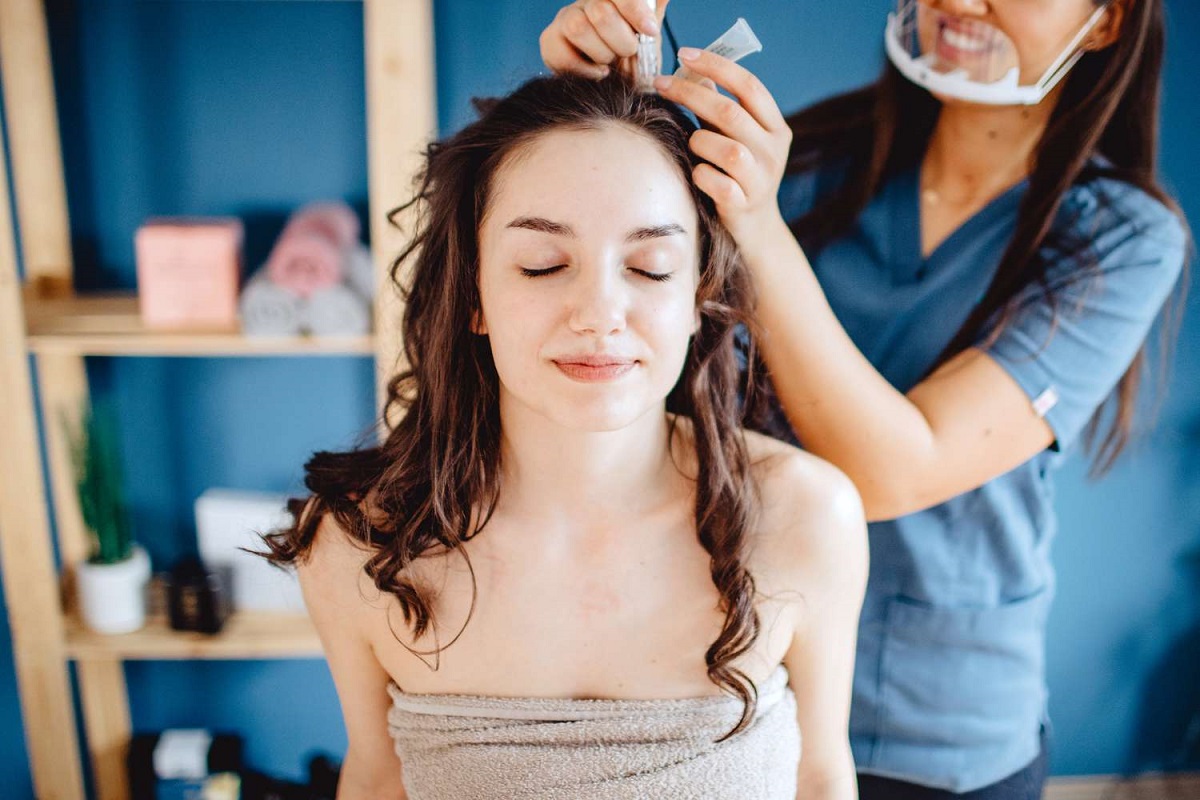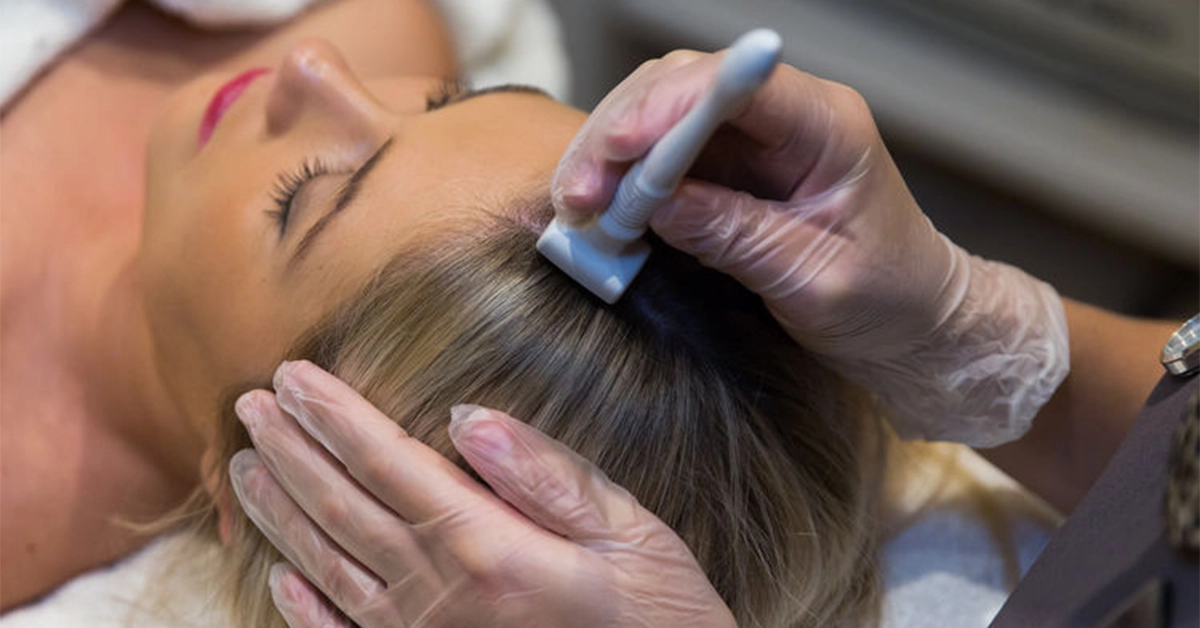Microneedling For Hair Loss: Everything About Microneedling For Hair Loss

Microneedling For Hair Loss: “Microneedling is a collagen induction therapy method that creates very tiny channels in the outermost layer of the skin (the stratum corneum) using dozens of very fine needles, causing minimal pain and pressure.”
Microneedling is a collagen induction therapy method that creates very tiny channels in the outermost layer of the skin (the stratum corneum) using dozens of very fine needles, causing minimal pain and pressure.
Microneedling For Hair Loss, Studies show that scalp microneedling for hair loss (alopecia) can promote hair growth by stimulating specialized stem cells in hair follicles.
Proper use of professional scalp microneedling, conducted with a roller or a microneedling pen (dermaroller or dermapen), can be effective for some individuals suffering from certain types of hair loss. However, microneedling is not effective for everyone, and the risks of home microneedling with needles longer than 0.25 mm outweigh its potential benefits.
The “Verywell Health” website explores various aspects of hair microneedling.
Microneedling For Hair Loss
What Types Of Hair Loss Does Microneedling Help With?

Microneedling For Hair Loss, In medical terms, male-pattern baldness and female-pattern hair loss are referred to as androgenetic alopecia (AGA), which is the most common type of hair loss. Some studies have shown that when microneedling is combined with other hair loss treatments, it can help some individuals for whom conventional treatments are ineffective.
Preliminary results indicate that microneedling may also assist individuals with telogen effluvium hair loss.
Dr. Amy Freeman, a dermatologist in New Jersey and a member of the American Academy of Dermatology, explains that telogen effluvium is a type of hair loss caused by stress, which can occur due to various stressors such as pregnancy, surgery, emotional stress, or rapid weight loss.
Microneedling For Hair Loss, Research shows that this method does not help with other types of hair loss caused by the effects of certain medications (anagen effluvium), such as chemotherapy. Additionally, if the hair follicle has been permanently damaged due to a deep wound, hair growth cannot be restored with this method.
Microneedling Results for Hair Loss: Before and After Comparison
Microneedling For Hair Loss, Microneedling for hair loss is a relatively new method. In the early 2020s, research on humans with a large sample size was conducted to examine the “before” and “after” results of microneedling as an independent treatment.
Before and after photos from animal studies on mice show that collagen stimulation using micro-needles alone increases hair growth, but more research and randomized studies are needed for human applications.
Microneedling For Hair Loss, Studies suggest that scalp microneedling combined with other hair loss treatments is more effective. Large-scale human studies are needed in the future to determine the safety, efficacy, and potential benefits of this hair loss treatment as a standalone method.
Some small human studies have shown that when microneedling is combined with other supportive treatments, such as minoxidil (commonly known by the brand name Rogaine), a topical hair growth medication, or platelet-rich plasma (PRP) injections, hair growth increases.
Can Those Using Minoxidil Or Finasteride Try Microneedling?

Microneedling For Hair Loss, Minoxidil is the only FDA-approved medication for both male and female hair loss that does not require a prescription. Finasteride (known by the brand name Propecia) is also an FDA-approved oral treatment prescribed for hair loss.
Research shows that combining 5% minoxidil with microneedling is more effective than using it alone.
A 2013 trial showed that using 5% minoxidil lotion along with dermaroller sessions once a week for 12 weeks significantly increased hair count compared to using minoxidil alone.
Microneedling For Hair Loss, A small study in 2022 with 18 participants found that microneedling combined with a topical 5% minoxidil solution once a week for six weeks was effective and safe as part of alopecia treatment. Ten weeks after completing the treatment, 15 participants (83.3%) reported satisfaction with their hair growth results.
Another small study in 2022 on the efficacy of PRP injections combined with microneedling for treating androgenetic alopecia showed that the combination of these two methods was more effective in men or women with moderate hair loss (level 4 on a scale of 1 to 7) than PRP alone.
Which Areas Of The Scalp Are Treated With Microneedling?
Microneedling For Hair Loss, If you plan to try microneedling for hair loss, it’s important to manage your expectations. Microneedling has not yet demonstrated that it can independently lead to hair regrowth in advanced hair loss cases or cover large bald spots.
Those with early-stage hair loss and moderate hair loss that aligns with male or female androgenetic alopecia patterns are likely the best candidates for microneedling treatment. In these individuals, the treated areas are typically not completely bald but have thinning hair that has lost volume over time.
Microneedling For Hair Loss, For example, someone with male-pattern hair loss (in the English V shape, where the sides of the head start to recede) might have the empty sections treated with microneedling. Similarly, a woman with female-pattern hair loss, characterized by thinning at the hairline and hair thinning at the crown, can treat these areas with this method.
How Often Should Microneedling Be Done For Hair Loss?
Microneedling For Hair Loss, There is no consensus on how frequently this treatment should be used. Some studies recommend microneedling once a week, while others suggest monthly treatment. Another factor to consider when determining the interval between treatment sessions is the length of the needles used. Since longer needles create deeper wounds, they also require more time to heal. Therefore, treatment intervals should be adjusted according to the healing process.
In hair loss microneedling, more frequent sessions are not necessarily better. The scalp needs time to heal. Scalp microneedling often increases the risk of adverse side effects such as infections or scarring.
Also Read:
Effective Hair Masks For Managing Greasy Hair And Dandruff
Waters For Hair Health: The 7 Best Waters That Benefit For Hair Health
Hyaluronic Acid For Hair: The Hidden Secret In Hair Care
Biotin Benefits For Women: Is Biotin Effective In Strengthening Hair And Nails?




